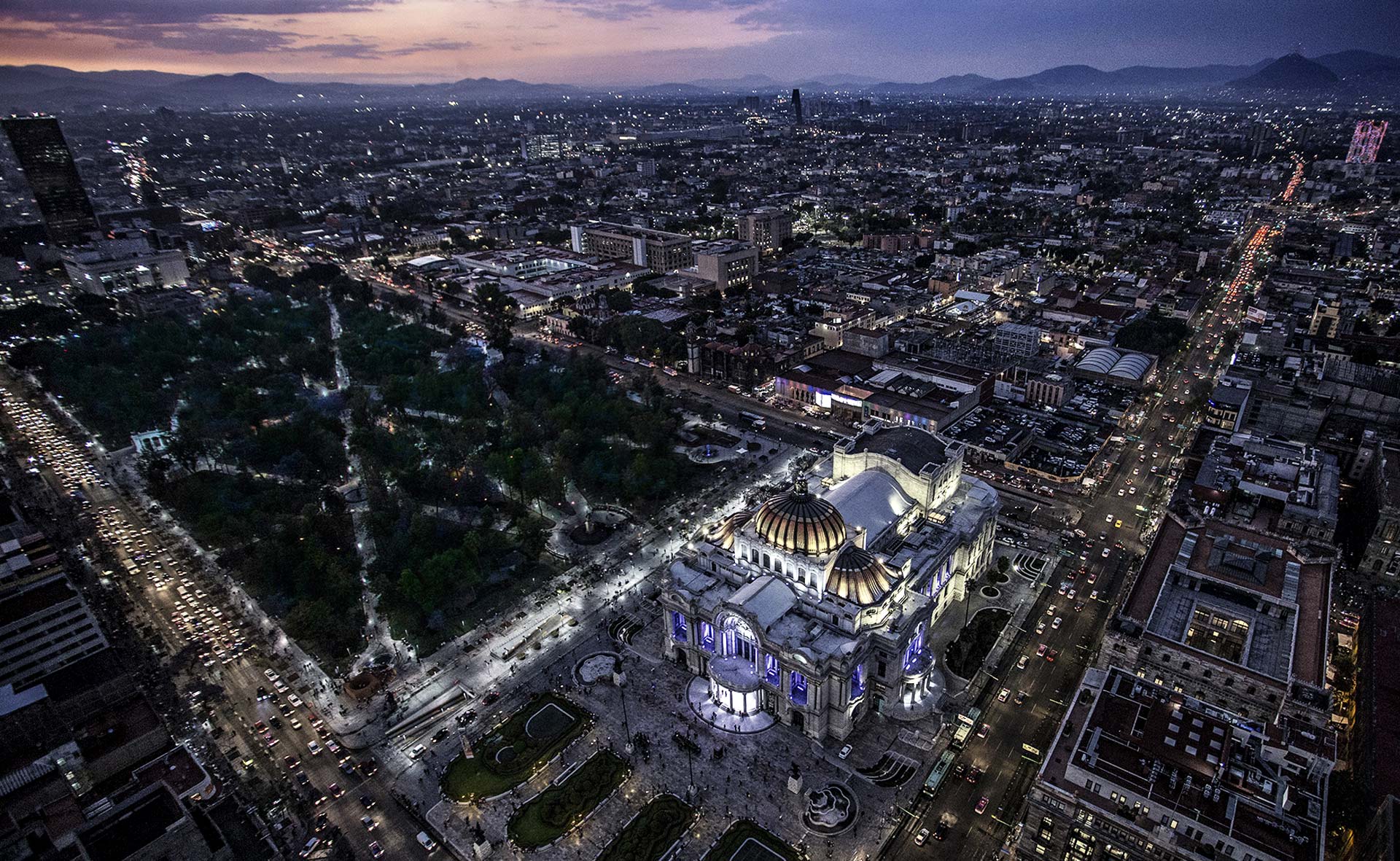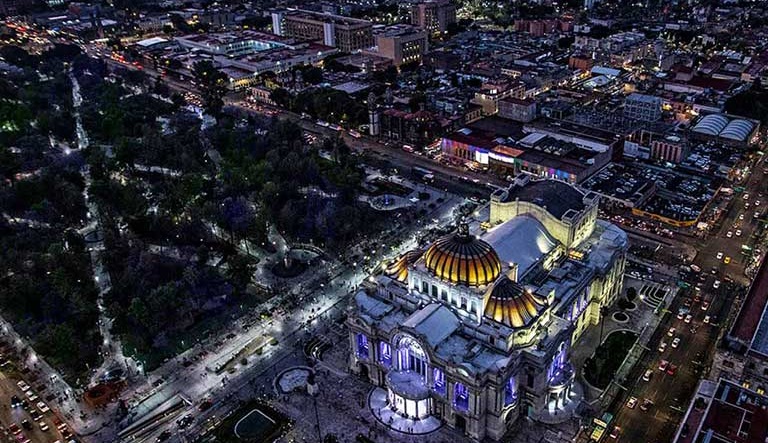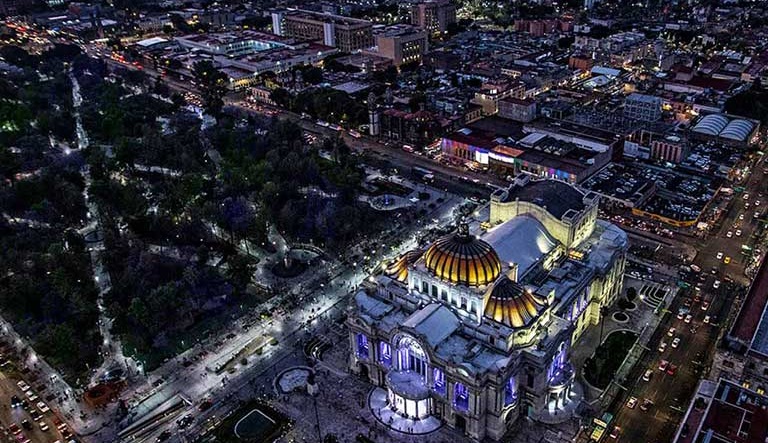As we informed in a previous Newsflash, on February 5, 2024, President López Obrador submitted a package of constitutional reform initiatives, including a radical reform to the judiciary branch (the “Reform”). As required by the Constitution, the Reform was first discussed and passed by the lower Chamber of Congress (Cámara de Diputados), amidst a series of controversial discussions focused on determining its impact. The Senate followed and approved the Reform on September 11, 2024.
Although the Reform now needs to be remitted to State Congresses for approval, we can reasonably anticipate that the government and its allies will have no setbacks on passing it considering their landslide victory in Mexico’s past elections (approval of 17 out of the 32 local Congresses is required).
If this is the case, the Reform would enter into force in a couple of weeks’ time, a day after its publication in the Federal Official Gazette. Below is a summary of the main aspects of the Reform as approved by Congress:
Elections
The Reform requires that the appointment of Justices of the Supreme Court of Justice, Circuit Court Magistrates, Federal District Judges and members of a new Judicial Discipline Tribunal, be made through the election by direct and secret vote of the citizenry.
Half of the current Judges and Magistrates (those that are close to retiring, their terms are about to expire or as a result of a lottery) would be renewed through an extraordinary election that is set to take place in June, 2025, although they would not take their positions until September, 2025.
The other half would be renewed in the Federal mid-term election, which is set to take place in June, 2027, and the new positions would also be effectively occupied by September, 2027. Judges and Magistrates will hold their positions for up to 9 years and may be reelected for one additional term.
Supreme Court Justices will all be renewed and voted in the 2025 elections, assuming office in September, 2025. Current Judges, Magistrates and Justices are eligible to participate in the elections as candidates if they choose to do so, and they would have to be automatically included in the ballots without having to surpass the vetting process described sections below.
Ballots will include the names of the candidates, the proposing branch and the position, State and judicial circuit for which they are running. Citizens will have to fill in the names or number of their chosen candidates in writing. We anticipate that for the First Judicial Circuit (Mexico City), citizens will have to cast votes for around 1,150 candidates, covering around 340 positions.
Candidates would have the right to access radio and television equally and to participate in debate forums organized by the electoral regulator. Public or private financing of their campaigns would be prohibited, as would the hiring of media spaces for promotion. Political parties would also be prohibited from engaging in proselytizing acts for or against any candidate.
Reforms to the Supreme Court of Justice
The number of Justices will be reduced from 11 to 9, and they will hold their positions for 12 years instead of 15, with no possibility of being reelected (1). For a qualified majority to exist, 6 votes would be required instead of 8.
The Supreme Court currently decides cases acting as a full court or through two chambers, depending on the nature of the case; following the Reform, the Supreme Court will only operate as a full court, which may impact its effectiveness considering the low volume of cases that the plenary is currently able to decide.
The Supreme Court’s President will be the candidate that receives the most votes in the election and will be replaced every two years by the next candidate with most votes.
Justices’ salaries must never exceed Mexico’s President salary, and current Justices will only be able to obtain a retirement pension if they withdraw their positions before the public invitation for participating in the election is closed, which we anticipate would be in October, 2025.
Candidates’ eligibility
Candidates must have technical legal knowledge, be renowned for their honesty, reputation, competence, academic and professional background.
For electing each available position, the Senate will issue a public invitation for candidates to participate in the election. To select the candidates, each branch of government will incorporate an electoral committee integrated by 5 people. Candidates must submit a 3-page essay and 5 letters of recommendation (from neighbors, colleagues, or anyone that is able to attest to their qualifications) to be considered.
The Committees must then draft a list with 10 candidates for each position at the Supreme Court of Justice, and 6 candidates for each Judge and Magistrate position. The candidates will be then reduced by lottery to accommodate the maximum number of candidates that each branch can propose, as follows:
- Justices: The President will propose 3 candidates, Congress 3 (1 by the lower House and 2 by the Senate) and 3 by the Supreme Court of Justice.
- Magistrates and Judges: The President will propose 2 candidates, Congress 2 and the Supreme Court of Justice 2.
There are no age restrictions for candidates (except for Supreme Court Justices, who need to have at least 5 years of experience in the field of law), and they must have obtained a law degree with a minimum GPA of 8.0, and 9.0 in the course that is directly related to the position that they intend to occupy.
The Federal Judicial Council
The Reform includes a series of modifications related to the powers and duties of the Federal Judiciary Council, currently controlled by the Supreme Court of Justice. Such Council would be replaced by two independent bodies: the Judicial Administration Body and the Judicial Discipline Tribunal.
Judicial Administration Body
The administration of the Federal Judiciary will be the responsibility of a judicial administration body, endowed with technical and managerial independence. It would basically perform the functions currently performed by the Federal Judiciary Council.
The judicial administration body would be composed by five members who will serve a non-renewable term of six years:
- One appointed by the President.
- One appointed by the Senate by qualified vote.
- Three appointed by the SCJN by a majority of six votes.
Judicial Discipline Tribunal
The new Judicial Discipline Tribunal will be composed by five members elected by direct vote of the citizenry, with the same requirements and processes as those applicable for becoming a Justice of the SCJN and serve a non-renewable term of six years.
Such Tribunal will have the authority to:
- Investigate and sanction any conducts that are contrary to the principles of excellence, professionalism, objectivity, impartiality and independence inherent to Justices, Magistrates, Judges and judicial personnel.
- Impose sanctions such as reprimands, suspension, financial penalties, removal from office, and disqualification against any judicial officer, with the exception of the Supreme Court Justices which may only be removed through impeachment.
- File criminal complaints against any judicial officer and request impeachment against Justices.
Reforms addressing prompt and expedited justice
The Reform to the Mexican judicial system aims to address longstanding issues of inefficiency and delays in the administration of justice.
The Reform includes specific time frames for resolving disputes, particularly in tax matters, where Administrative Courts, Circuit Courts and District Courts will have to resolve cases within a maximum of six months from the date the Tribunal or Court receives the case. If this period is exceeded, the judicial body must immediately notify the Judicial Discipline Tribunal and justify its delay.
The Judicial Discipline Tribunal may investigate and sanction Judges and Magistrates who fail to meet the prescribed deadlines without justifiable reasons.
General effects in injunctions and decisions
The Reform provides that in no case can injunctions be granted with general effects with respect to constitutional controversies, actions to control constitutionality, and amparo lawsuits filed against general laws or regulations. In addition, the reform prohibits decisions in amparo lawsuits with general effects.
Should you have any questions or require any further information, our team of professionals is available to assist you. We encourage you to reach out to your ordinary Ritch Mueller contacts to seek advice.





